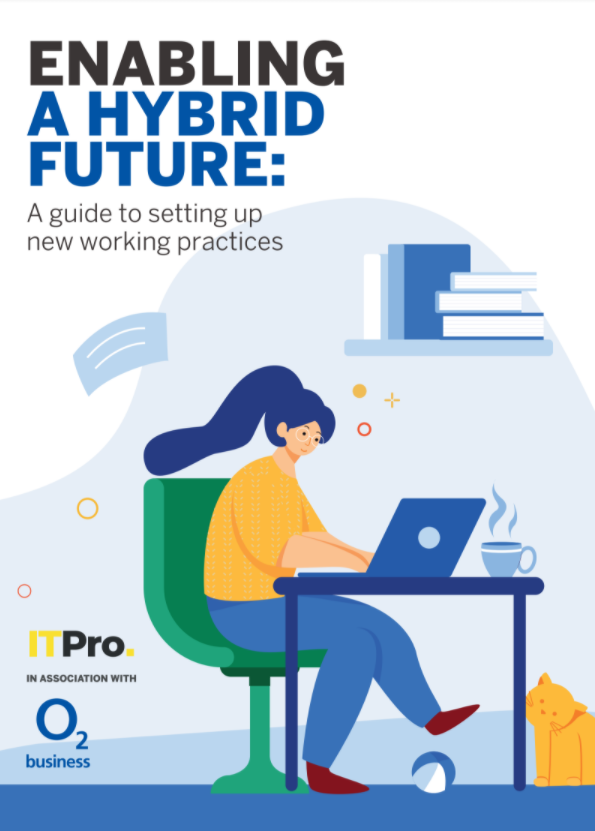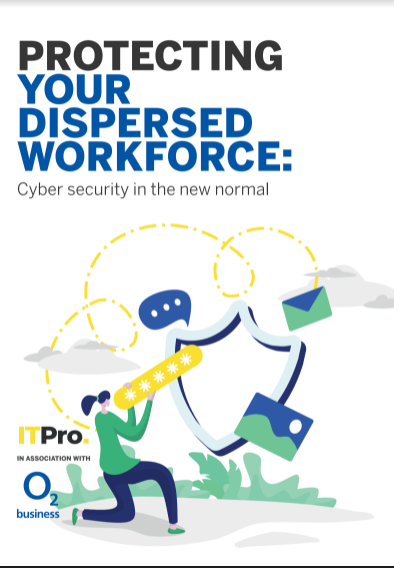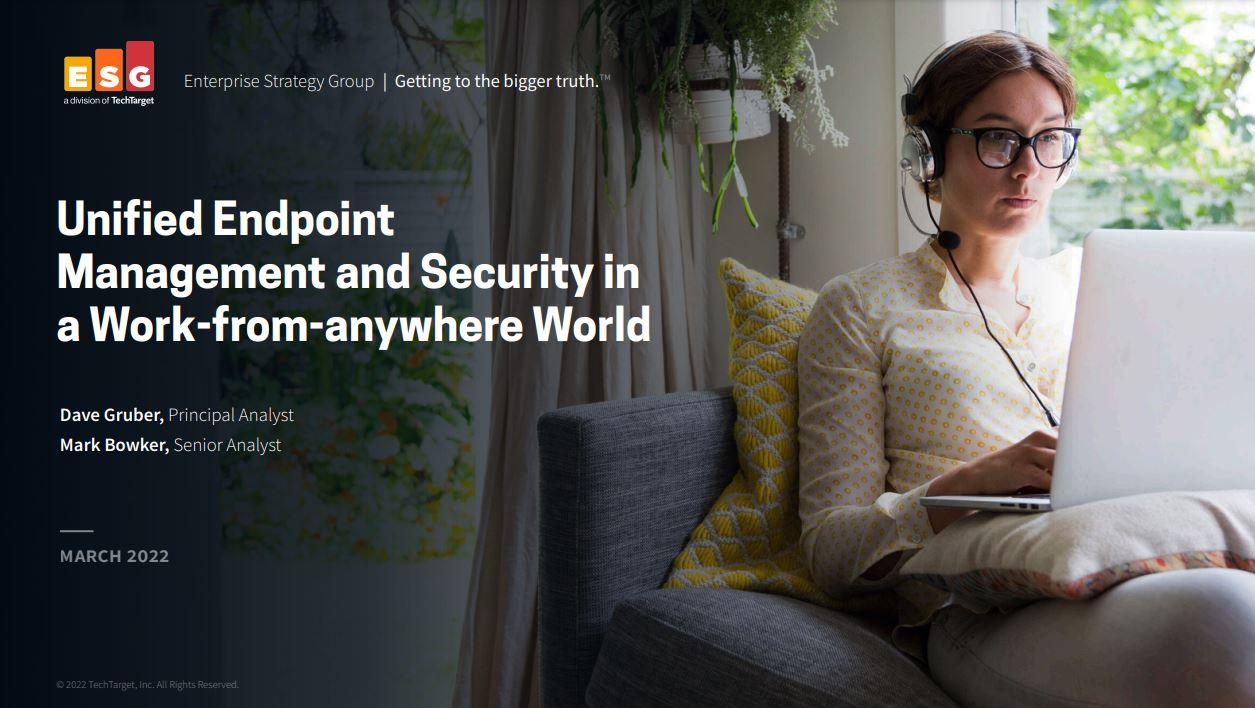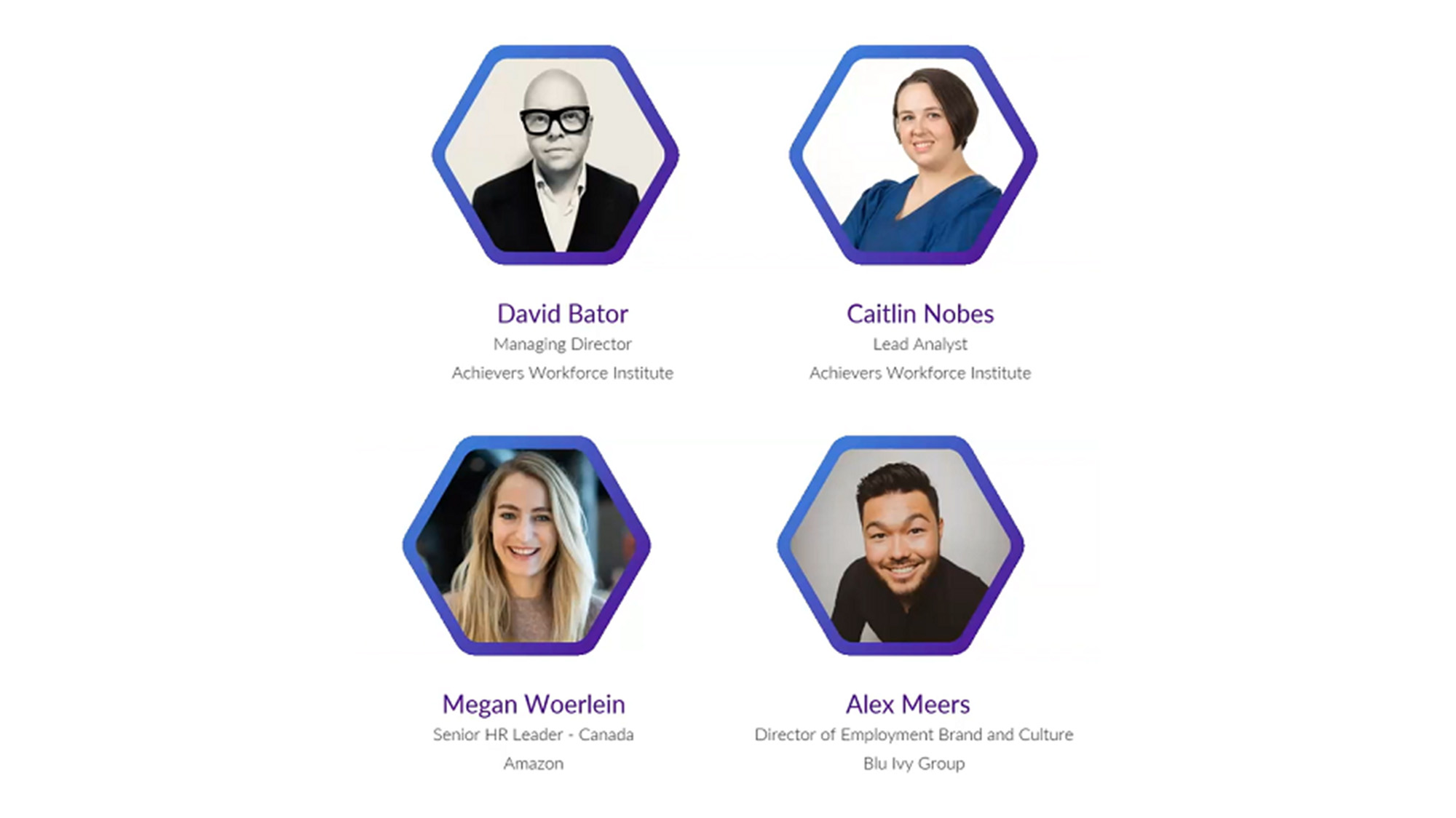Equipping the hybrid workplace
What is a hybrid workplace? And how can businesses best embrace the model going forward?

Remote working is nothing new, but the COVID-19 pandemic has made it a necessity for many businesses. Attitudes have shifted and a distributed workforce has quickly become the new status quo. But what will the future look like long-term? The answer could lie in a new hybrid approach to work, where organisations will support employees working both onsite and offsite.
Recent research indicates a more lasting change in our working culture. Figures from a London Chamber of Commerce and Industry (LCCI) survey of 500 London business leaders found that 37% of respondents will permit employees to work from home more often once the full lockdown has ended. In addition, 13% think they will make a shift to working from home completely, while 9% said they have permanently closed physical premises.
In a nationwide survey of 2,000 office workers conducted by the British Council for Offices (BCO) in September, 62% of senior executives and 58% of entry-level workers said they wanted to combine remote working with several days a week in the office.
RELATED RESOURCE

“We are never going to go back to how things were before,” said BCO Chief Executive, Richard Kauntze. “The idea that people will return to the five-day week in the office has gone, and I think a much more blended approach is likely, two or three days in the office and two-three at home or wherever is going to be a much more typical pattern.”
If a business can maintain its productivity and profitability with hybrid working then it makes sense to make that a permanent change. Employees could be given the option to come into the office should they choose, or reserve on-premise visits for work that’s better conducted in person; for example training, meetings, collaborative tasks or making strategic decisions with relevant stakeholders.
Microsoft, whose offices won’t reopen until January 2021 at the earliest, recently unveiled plans for its own hybrid workplace. The tech giant will allow employees to work from home for less than 50% of their working week, or to permanently shift to remote work pending manager approval. Those who opt for the latter will give up an assigned office space, but can still use ‘touchdown’ spaces available at Microsoft’s offices when needed.
The future of work is looking increasingly flexible, but to get this hybrid model right organisations will need to make sure they arm their staff with the right tools to make it effective in the weeks, months and years ahead. The quick fixes that many were forced to implement in March won’t be sustainable over a long period of time.
Empowering your workforce
Making sure employees have everything they need to support their day-to-day working routine is vital, and those demands could change whether they’re at home, out and about or stationed at an office desk. An obvious first step is finding the devices that best suit your staff’s working week, be they laptops, tablets, smartphones or a combination of all three.
Though it might be tempting to invest in cheaper, older spec hardware for volume, reliability is something that shouldn’t be overlooked. A laptop that’s constantly crashing during video calls or runs at a slow speed will only end up costing time and money in the long run. Similarly, with people working outside of an on-premise network, small problems that can’t be fixed remotely are going to be magnified, putting more strain on IT teams.
Once staff are equipped with the hardware they need, getting the right apps in place will make the hybrid working model viable. Video conferencing has become the backbone of remote working in recent months, keeping organisations connected and allowing meetings to take place seamlessly. This will remain as we move into a hybrid workplace, with participants logging in from scattered locations. Cloud-based collaboration tools allow employees to chat privately in project-based channels, share files and documents individually or across groups, and hold video meetings internally or with external partners.
Keeping up face-to-face communications will be vital for the hybrid office, but there’ll still be a need for the old fashion phone call. Having a VoIP (Voice over Internet Protocol) provider can offer more flexibility than a landline. Microsoft 365 Business Voice, for example, includes a phone system, domestic calling plan and audio conferencing.
Getting all of this set up with the right provider is key. That’s where O2 Business comes in. The tailored solutions can help with a shift to hybrid working thanks to its range of monthly tariffs that support different business requirements. It can support your business with cost-effective devices, plus data options that can be dialled up or down based on usage. There’s also automatic Data Rollover
Disclaimer
1
where you can roll over any unused data each month, so it won’t go to waste.
RELATED RESOURCE

Productivity solutions like Microsoft 365, which includes Teams and Business Voice, can be provided as part of the monthly contract, while Sophos security service with O2 gives sturdy protection against cyber threats that’s easy to deploy and manage through a cloud-based portal to reduce IT admin. Sophos also allows businesses to pick and choose the services that are best-suited for them, with payment coming per user as opposed to a large upfront fee. Moreover, it’ll help safeguard from malicious apps and treacherous Wi-Fi hotspots, meaning staff can work knowing the risk of having their devices hacked is greatly reduced.
Keeping connected is vital for any business moving forward, whether that’s remotely, on-premise or a mix of the two. O2 Business offers the flexibility needed for this new hybrid work scenario. It can help if your strategy shifts quickly, too, aiding with setup if, for example, you need to establish a pop-up office and have specific device and connectivity (e.g. dongles and mobile broadband) demands.
O2 Business offers an ideal solution that can be adapted to your business’ needs. It has dedicated Account Managers on hand to provide guidance on flexible tariffs and devices, plus useful apps to aid productivity. With the right collaboration tools and hardware, along with the right provider, your organisation stands the best chance of forging a reliable, effective and user-friendly hybrid workplace.
Learn more about how O2 Business can flex to power the hybrid workplace
Disclaimer
1 For new or upgrading customers only. Available on selected tariffs of 6GB of data or above, excluding 2GB triple data, 3GB double data and unlimited data tariffs. Up to 100% of unused data from standard monthly data allowance can be rolled over into the following month. Eligible data rolls over for one month only. Any data that cannot be rolled over will expire. Any unused data will not rollover if you decide to change to an alternative tariff. Directly purchasing private section customers with 500 or more employees and directly purchasing public sector organisations are not eligible.
Get the ITPro daily newsletter
Sign up today and you will receive a free copy of our Future Focus 2025 report - the leading guidance on AI, cybersecurity and other IT challenges as per 700+ senior executives
ITPro is a global business technology website providing the latest news, analysis, and business insight for IT decision-makers. Whether it's cyber security, cloud computing, IT infrastructure, or business strategy, we aim to equip leaders with the data they need to make informed IT investments.
For regular updates delivered to your inbox and social feeds, be sure to sign up to our daily newsletter and follow on us LinkedIn and Twitter.
-
 AI is helping bad bots take over the internet
AI is helping bad bots take over the internetNews Automated bot traffic has surpassed human activity for the first time in a decade, according to Imperva
By Bobby Hellard
-
 Two years on from its Series B round, Hack the Box is targeting further growth
Two years on from its Series B round, Hack the Box is targeting further growthNews Hack the Box has grown significantly in the last two years, and it shows no signs of slowing down
By Ross Kelly
-
 IT professionals aren’t budging on flexible work demands – and more than half say they’ll quit if employers don’t meet expectations
IT professionals aren’t budging on flexible work demands – and more than half say they’ll quit if employers don’t meet expectationsNews Analysis from Randstad shows 40% of UK-based IT pros have quit over a lack of flexible work options, while 31% of workers globally have done the same.
By Ross Kelly
-
 'The tide seems to be turning towards office attendance': 64% of hybrid business leaders want staff back in the office – but many worry that enforcing RTO mandates will drive employees away
'The tide seems to be turning towards office attendance': 64% of hybrid business leaders want staff back in the office – but many worry that enforcing RTO mandates will drive employees awayAnalysis Many UK business leaders want their staff back in the office more frequently, but they’re scared to implement return to office (RTO) mandates in fear of worker revolts.
By George Fitzmaurice
-
 Employees are dead set on flexible working arrangements – three quarters would turn down a role that didn't offer hybrid options as work-life balance becomes more important than pay
Employees are dead set on flexible working arrangements – three quarters would turn down a role that didn't offer hybrid options as work-life balance becomes more important than payNews New research shows workers are increasingly demanding flexible working arrangements from employers.
By Emma Woollacott
-
 Nearly half of tech workers are seeking new roles – declining employee benefits and reduced flexible working options have staff looking elsewhere
Nearly half of tech workers are seeking new roles – declining employee benefits and reduced flexible working options have staff looking elsewhereNews While salaries are rising for tech workers, other benefits are in decline, leading to a fall in job satisfaction
By Emma Woollacott
-
 Untethered: How CIOs and CISOs are paving the way for the new hybrid workforce
Untethered: How CIOs and CISOs are paving the way for the new hybrid workforceWhitepaper Effective techniques to transition from exposed legacy infrastructure to an effective zero trust strategy
By ITPro
-
 Unified endpoint management and security in a work-from-anywhere world
Unified endpoint management and security in a work-from-anywhere worldWhitepaper Learn how to converge endpoint management and security processes and systems to drive efficiency and reduce risk
By ITPro
-
 Why flexible working is critical to ensure talent retention
Why flexible working is critical to ensure talent retentionAdvertorial The changing face of flexible working will be the focal point of a webinar hosted by the Achievers Workforce Institute on July 12
By ITPro
-
 Hybrid work means we’re burning out harder and faster than ever
Hybrid work means we’re burning out harder and faster than everIn-depth Technology has fueled an always-on culture that’s turbocharged a new breed of burnout, but technology can also come to the rescue
By Sandra Vogel
